-
 © BYD
© BYD -
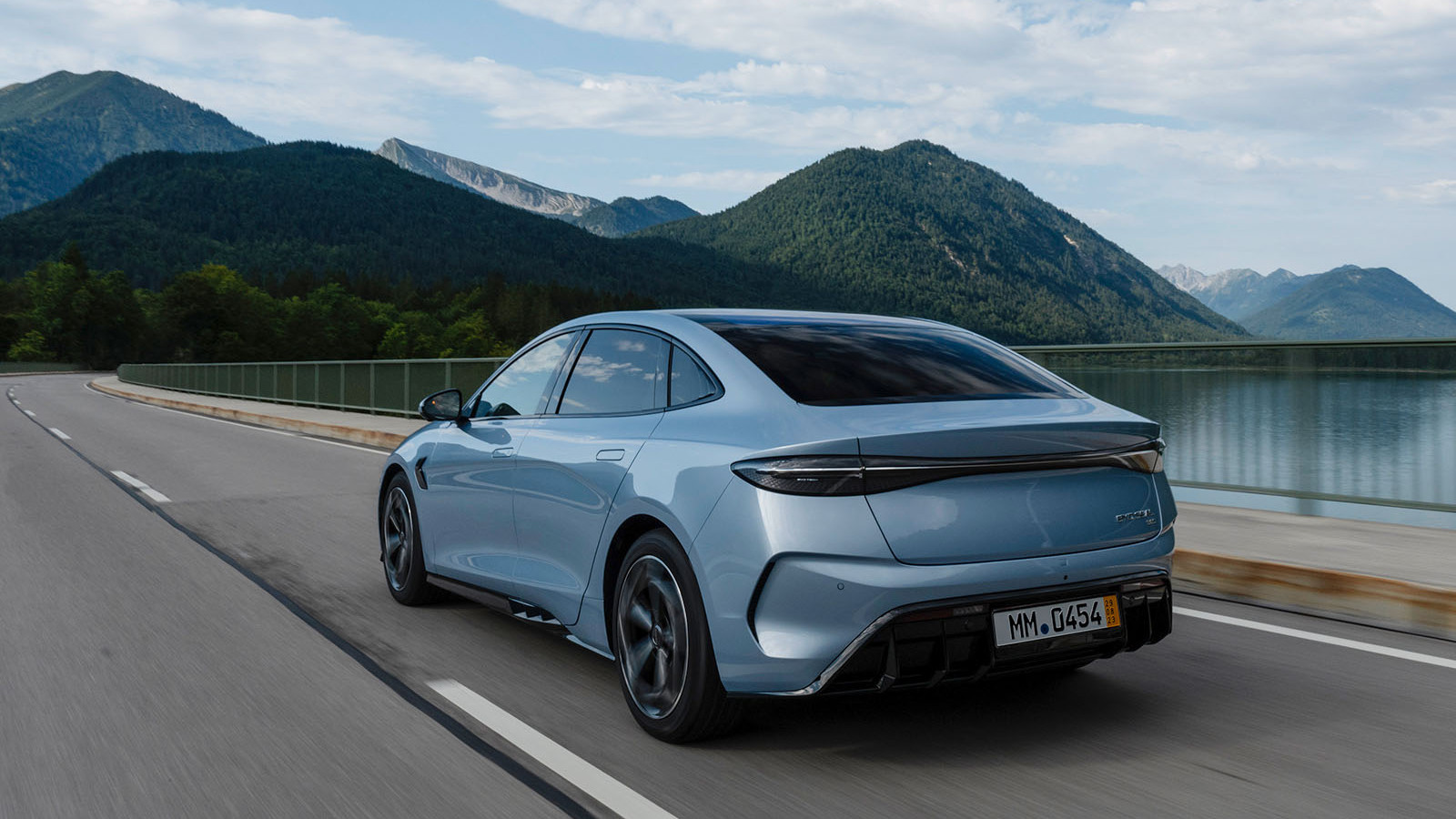 © BYD
© BYD -
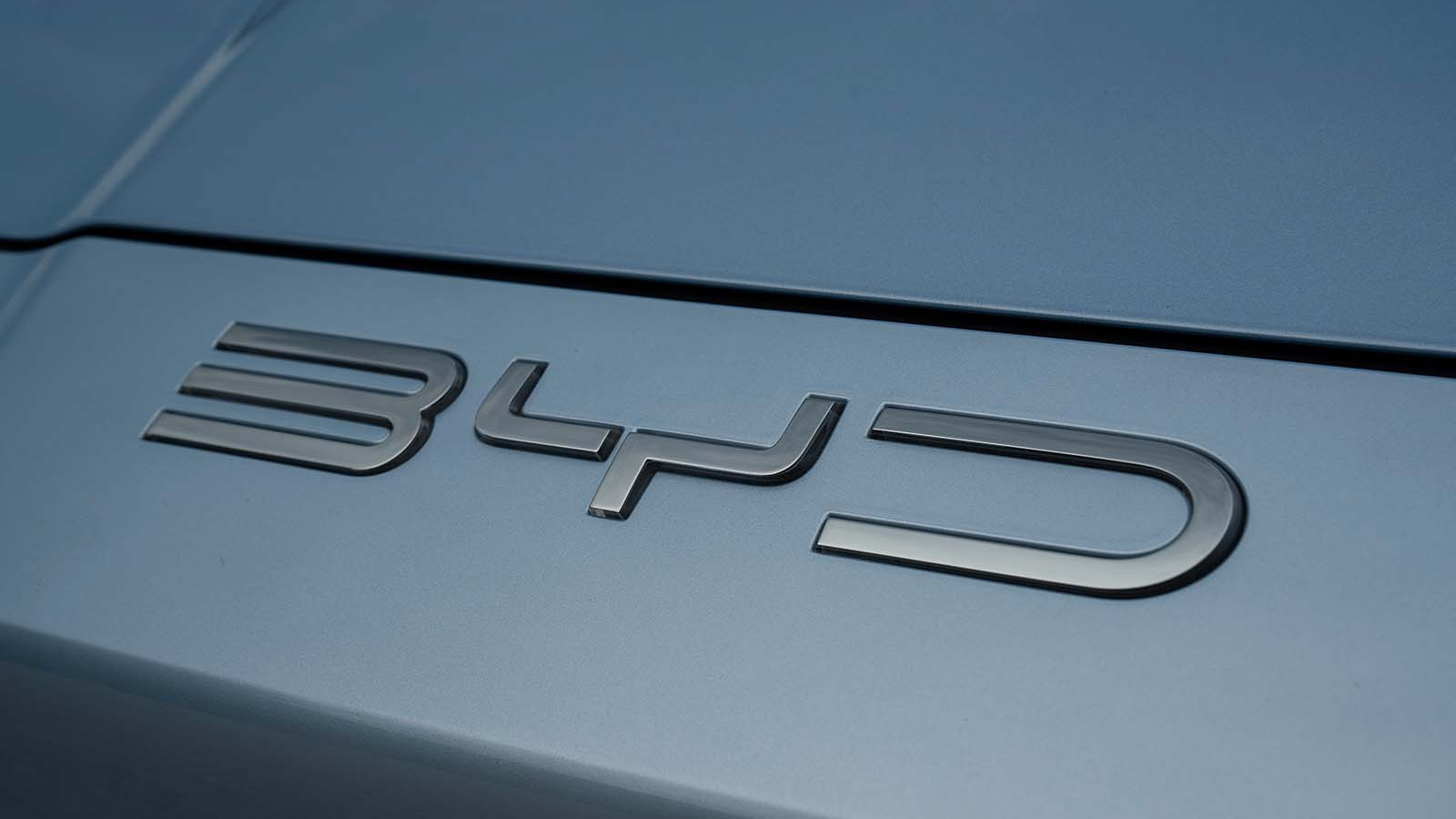 © BYD
© BYD -
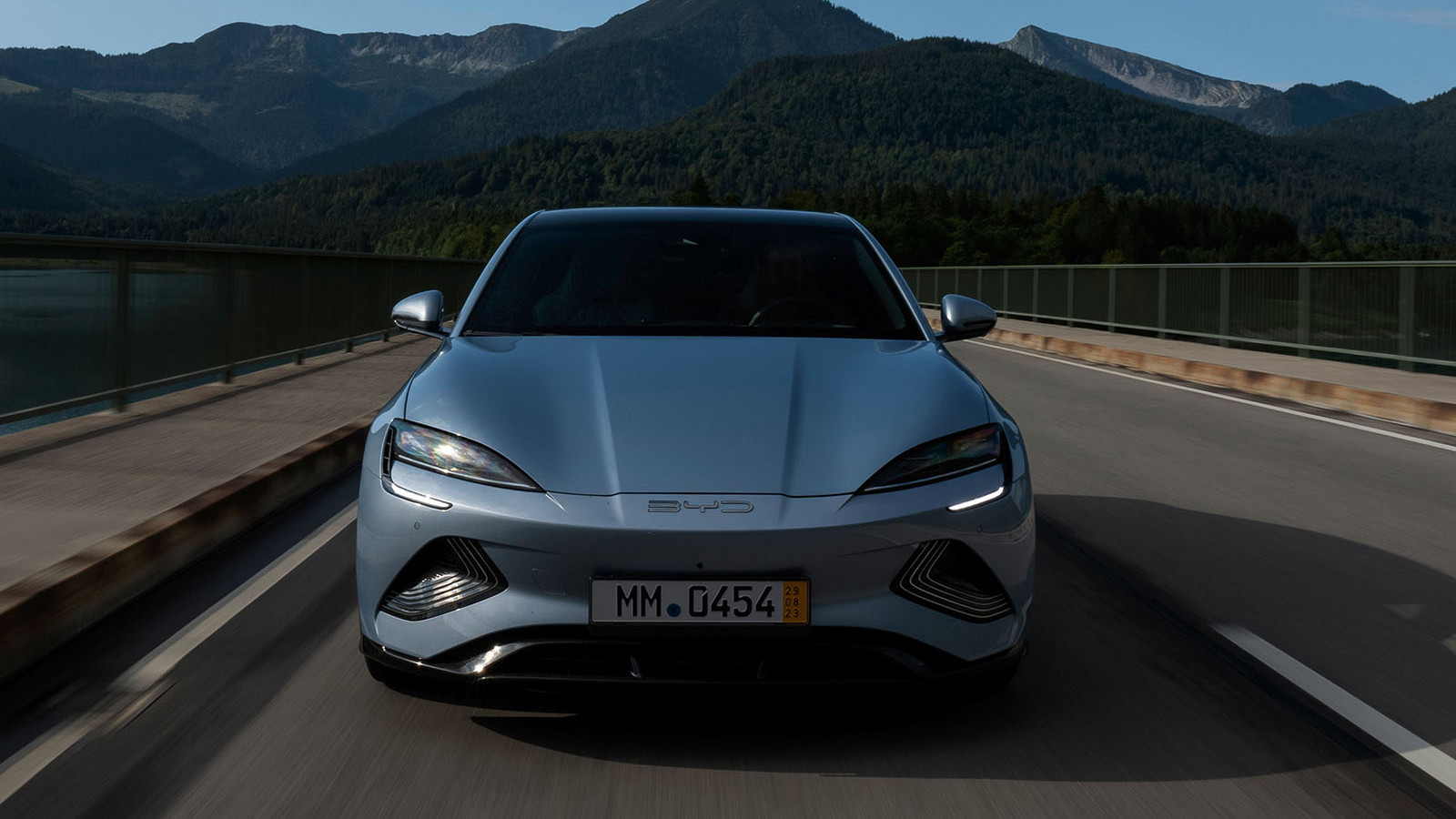 © BYD
© BYD -
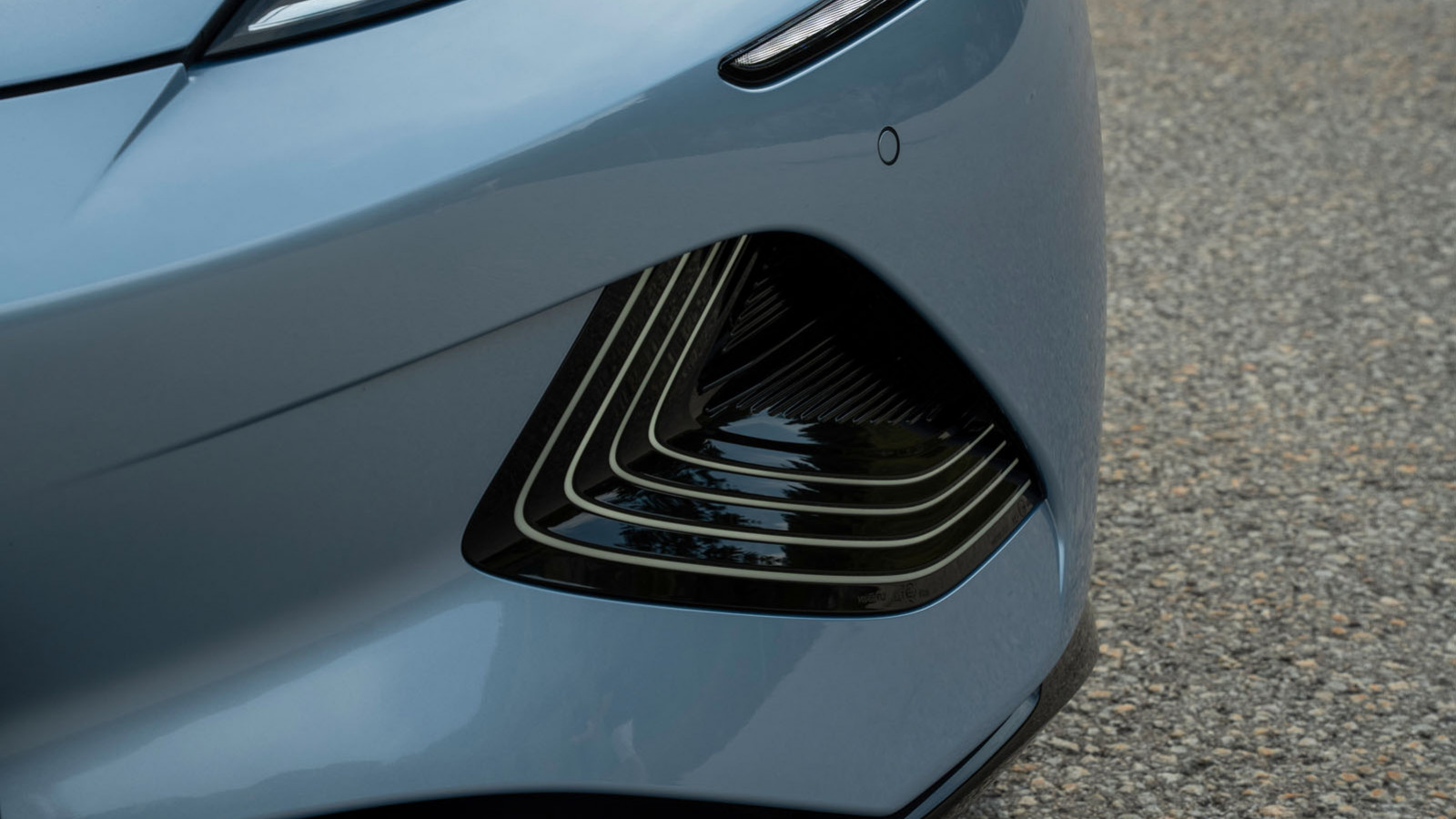 © BYD
© BYD -
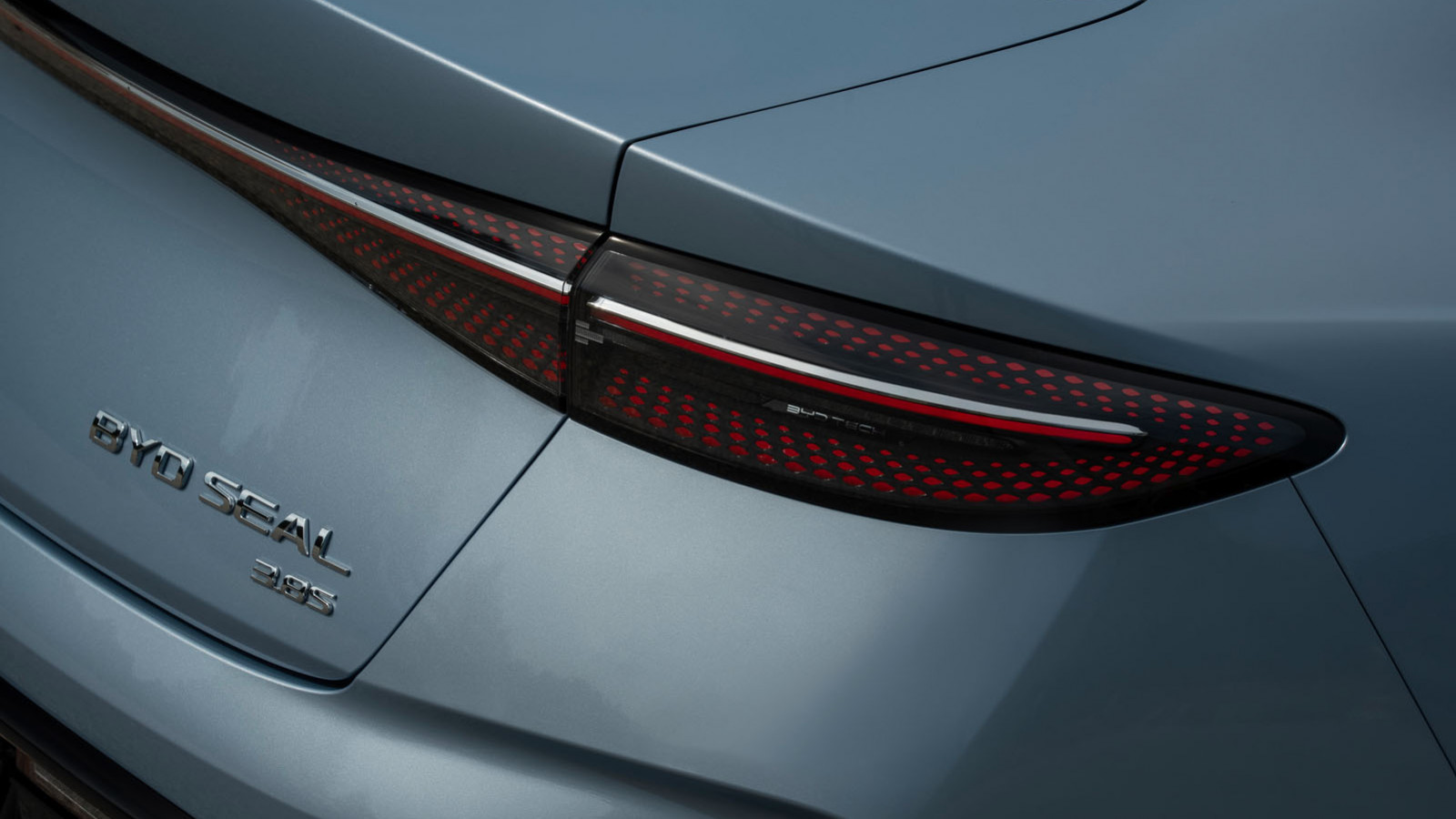 © BYD
© BYD -
 © BYD
© BYD -
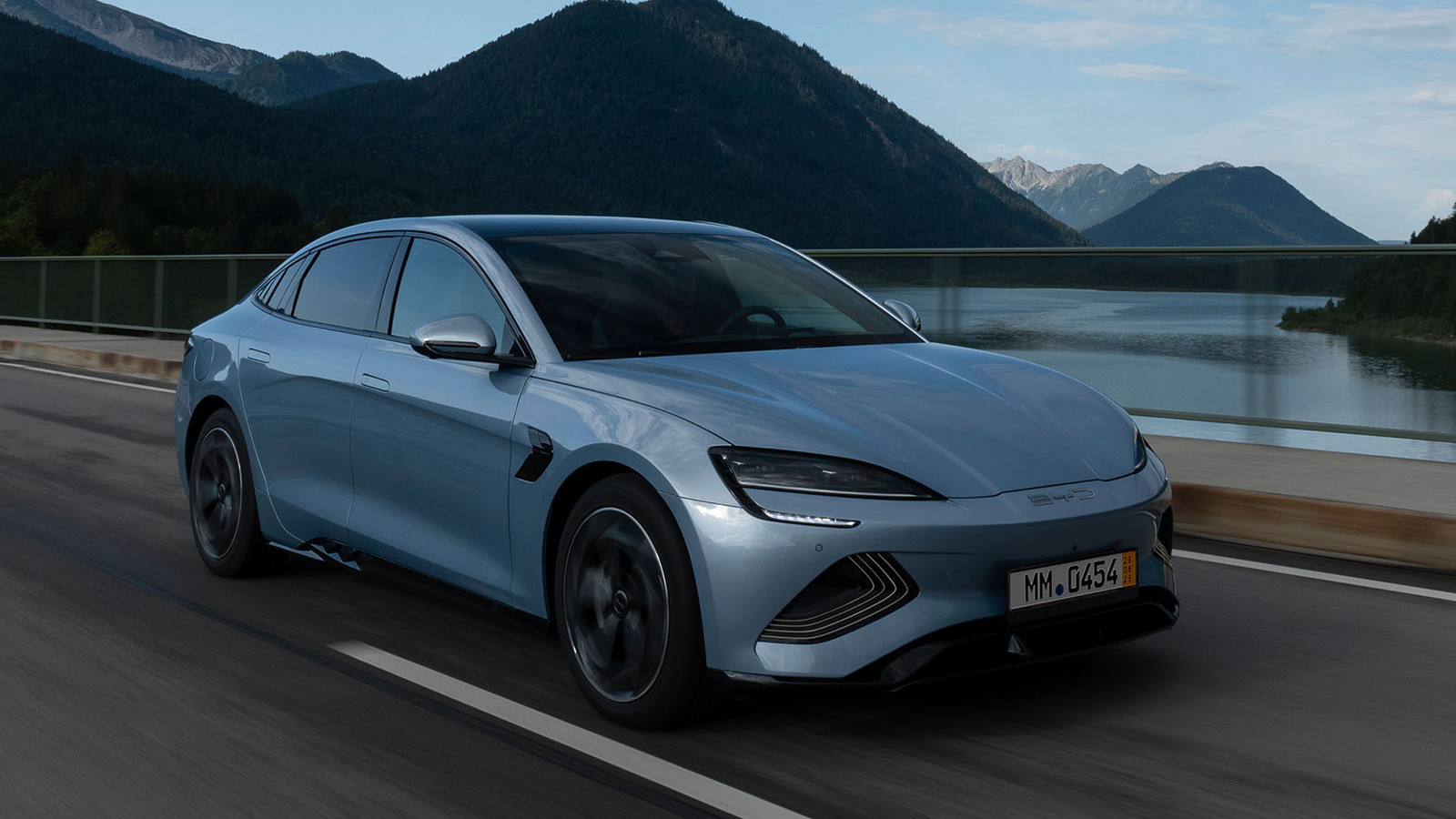 © BYD
© BYD -
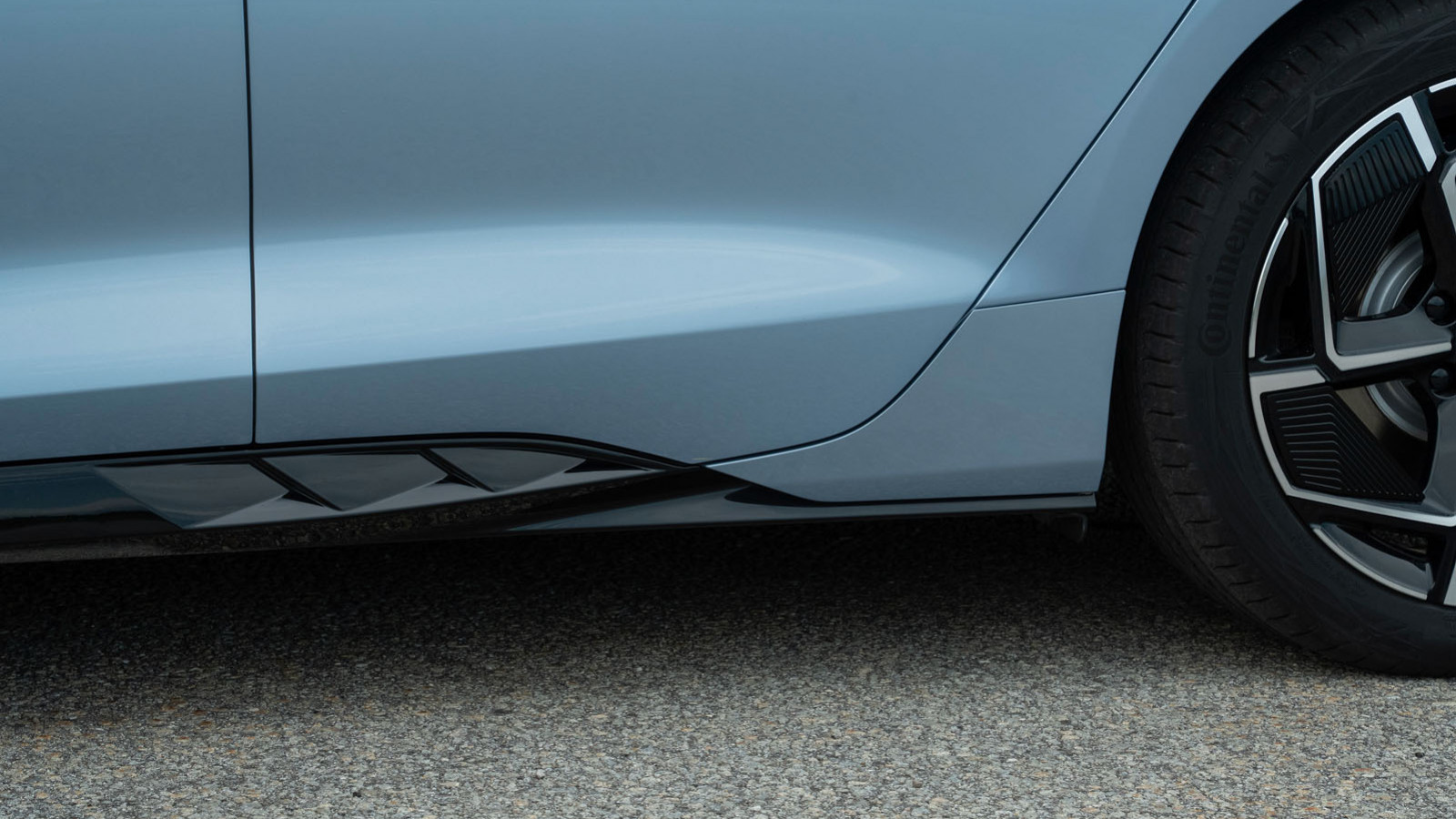 ©
© -
 © BYD
© BYD -
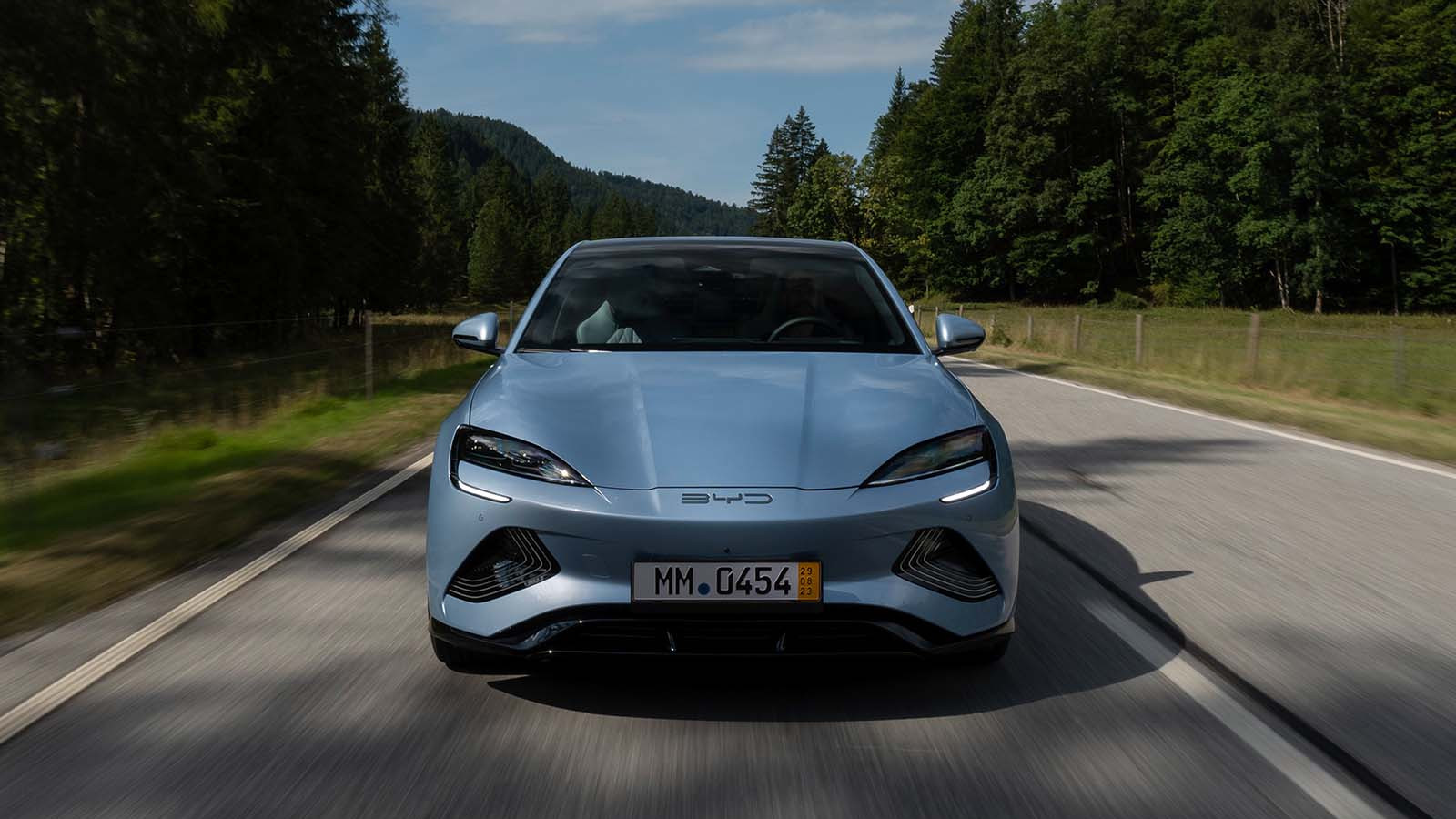 © BYD
© BYD -
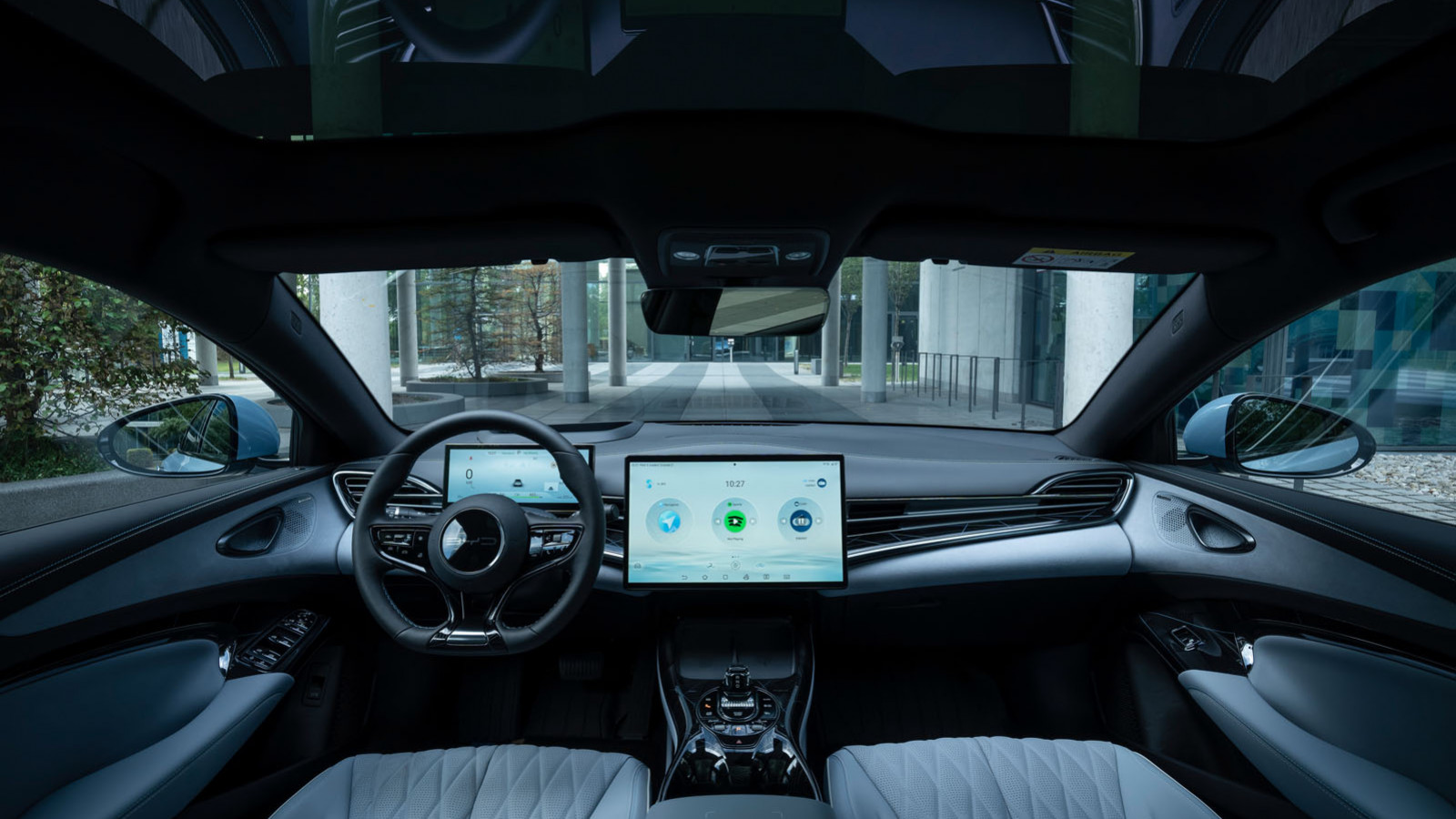 © BYD
© BYD -
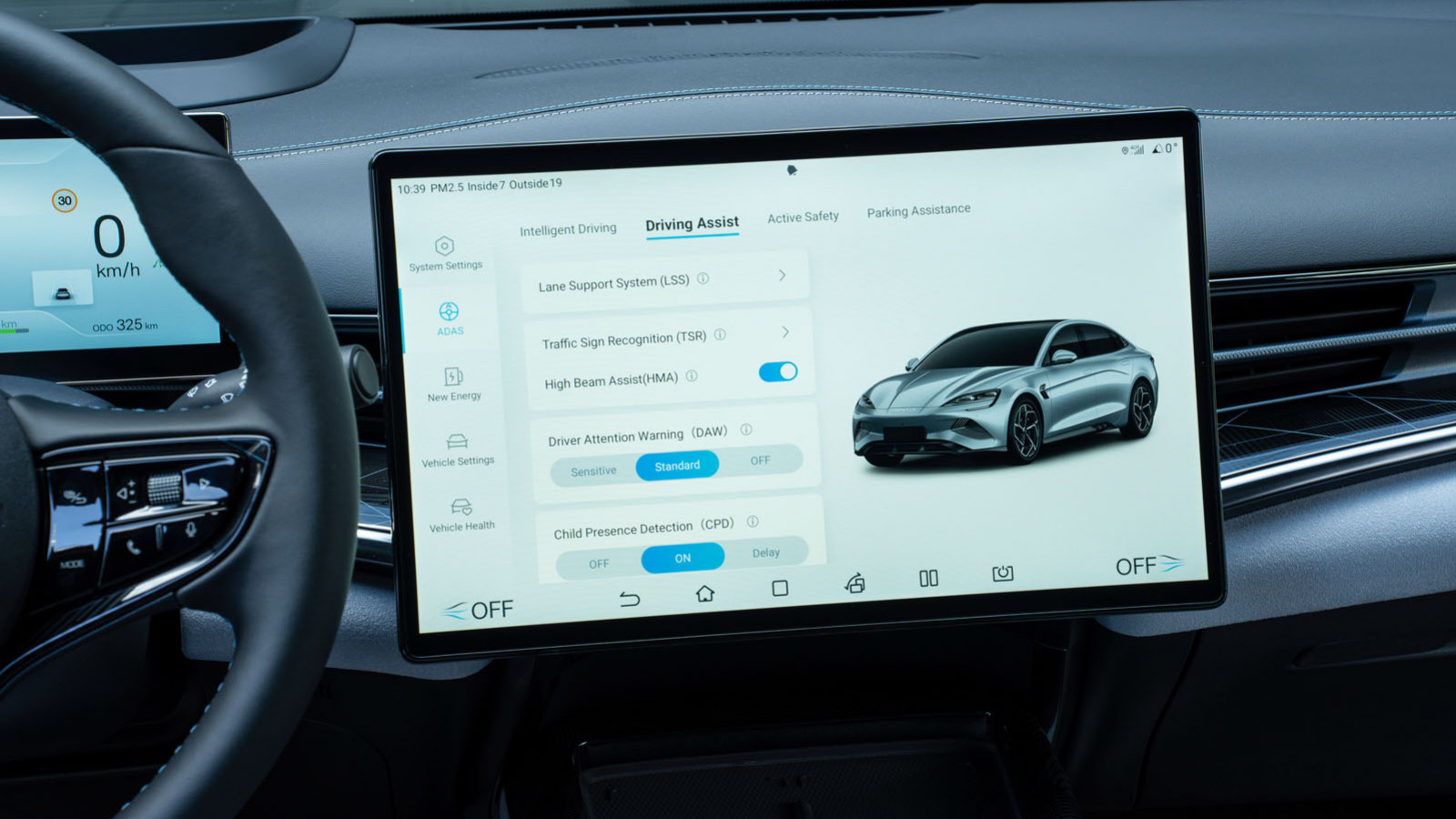 © BYD
© BYD -
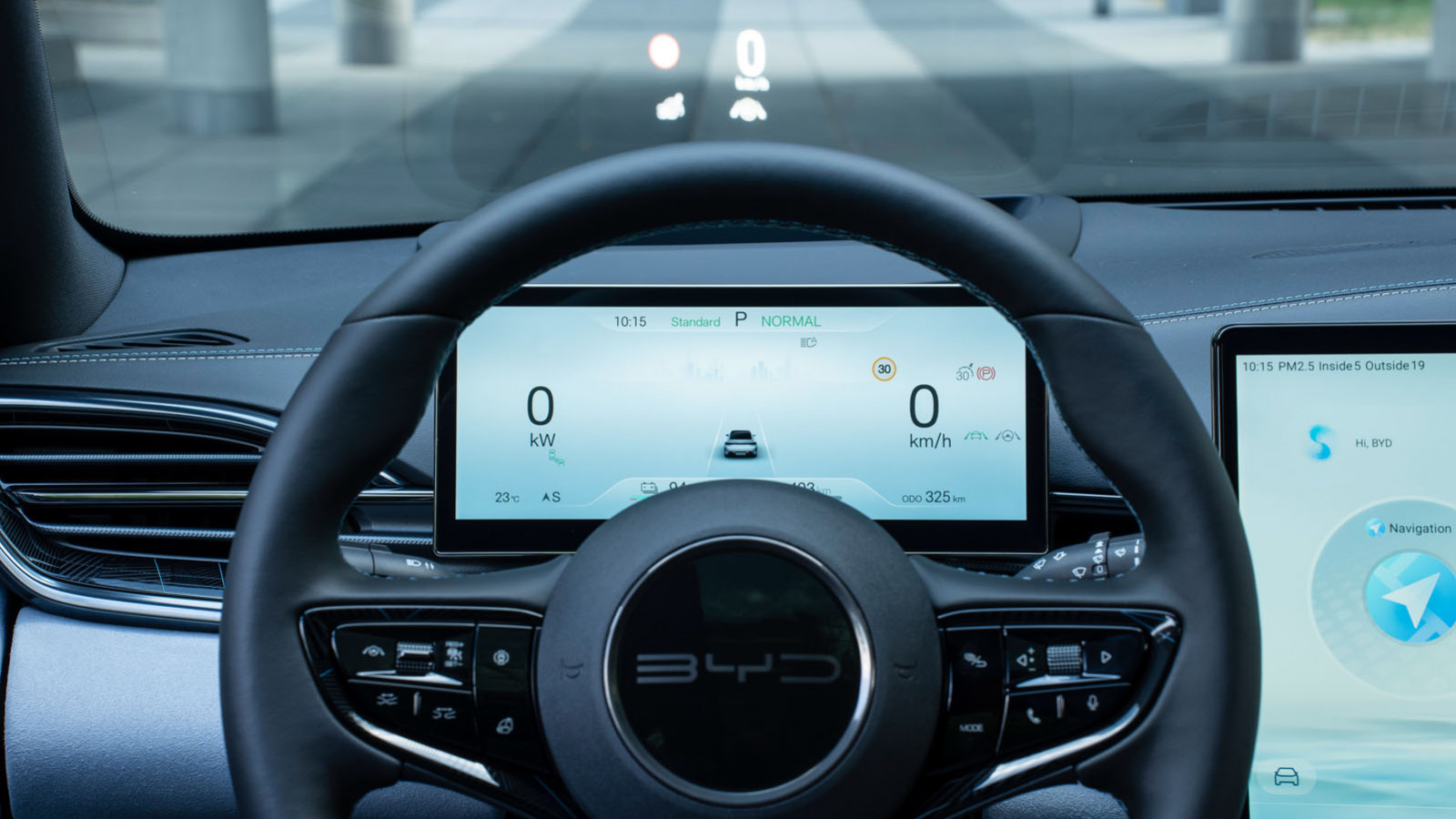 ©
© -
 © BYD
© BYD -
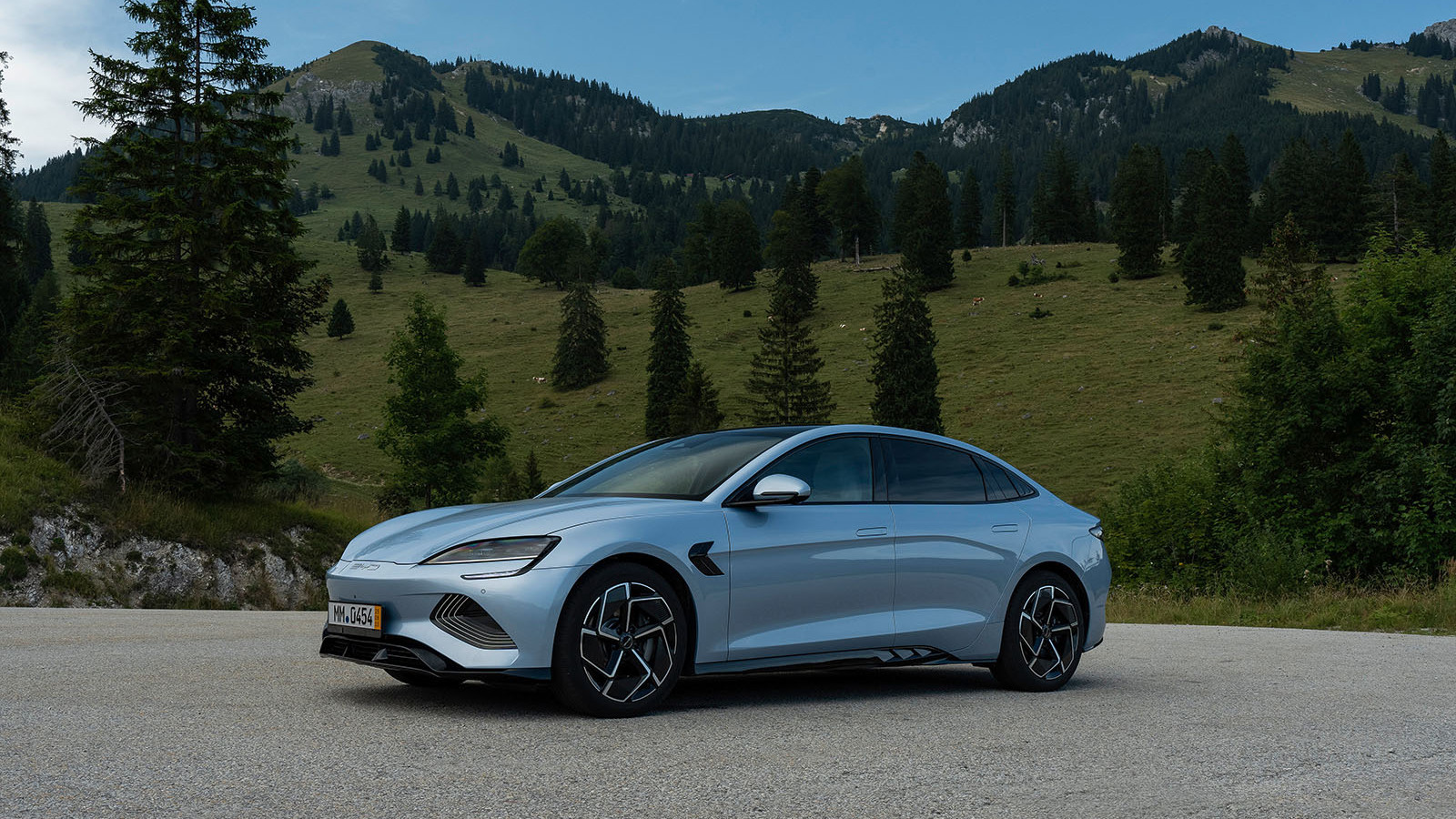 © BYD
© BYD
-
Having dipped its toes in the European market with the BYD Atto 3 SUV and Dolphin hatchback, Chinese brand Build Your Dreams has now brought its Seal electric saloon to the UK.
We sampled the new Tesla Model 3 and BMW i4 rival, to see if it has the capabilities to move buyers away from the swathes of choice on the continent and into a Chinese-made EV.
-
BYD is certainly a brand that we should take seriously. While its plans to become an established marque in Europe may sound ambitious, BYD has a lot going for it already.
The brand employs around 600,000 people across the world, and produces buses, trains, solar panels and much more besides. In fact, BYD was the biggest manufacturer of plug-in cars in 2022 and it is estimated that one in five mobile phones has a BYD battery.
-
BYD also manufactures most of its parts at its own factory, including its cobalt free, lithium-iron-phosphate Blade battery, touchscreens, semiconductors and seat upholstery.
-
The new Seal is easily the best looking BYD model to arrive on UK shores, with the sleek, low-slung electric saloon featuring hints of Porsche Taycan, Kia EV6 and Genesis GV60. It’s a smart looking thing — and the interior is more refined than the minimalist Model 3, too.
-
First deliveries are due in the UK in November, with the BYD offered in two trims: the entry-level Design variant gets a 230kW rear-wheel drive setup, while the Excellence model gets a dual-motor powertrain that develops 390kW. Both models use the same 82.5kWh Blade battery which offers a range of 354 and 323 miles respectively.
-
The Seal costs from £45,695 for the single motor Design, while the dual-motor Excellence costs £48,695.
-
As for the drive, the Seal feels refined in almost all road environments. The rear-wheel drive model is comfortable and does a great job of isolating passengers over large imperfections.
BYD describes the Seal as a “high performance sports sedan” and yet its handling isn’t as confidence inspiring as its rivals. There is a good level of body control though, with the battery weight kept well in check through corners.
-
The steering is unusually weighted and there is a numbness that's noticeable on mid-speed roads. Sport mode helps to balance the weight of the steering and makes the car feel more predictable, but the BMW i4 is more engaging.
-
It being 130kg heavier than the rear-drive model, the dual-motor Excellence doesn’t ride as well as its cheaper sibling. Because of the added weight, BYD has enhanced the suspension with the addition of semi-adaptive dampers that automatically adjusts the car’s ride to suit the road surface.
-
But over longwave undulations and coarse roads, the dampers seemed to over-compensate, which was particularly annoying on more unkempt roads. It’s far from uncomfortable but you do notice an underlying fidget to the ride.
-
Power delivery is more progressive in the rear-wheel drive car, and it has more than enough poke for a family saloon.
The four-wheel-drive car is far more potent. It doesn’t accelerate with the whip-crack attitude of the Model 3 Performance, but for sub-4.0sec jaunts to 60mph, it has a comical nature to it.
-
The quality of the interior is particularly impressive, with faux leather and a nice suede effect on the doors and dashboard. Its more ornate inside than the Model 3, although it doesn’t feel as classy as the BMW i4.
-
BYD Seal
The Seal gets the same rotating 15.6in touchscreen as the Atto 3 but features a bigger digital driver display with sharper graphics.
Its rotating function is a bit of a gimmick, but overall the infotainment screen is easy to use and responds to inputs well, however it's not perfect. It has far to many sub-menus which can make it challenging to find certain functions. You have to go deep into the climate control settings to find the heated seats, for example, and on the move its not the best system to navigate.
-
There's plenty of storage compartments and storage trays in the front and back. Room in the front is good, but we'd describe rear-space as sufficient rather than abundant. This is because the sloping roofline limits headroom making it harder to get comfortable. The middle seat is only suitable for kids, too.
-
There are plenty of cubbyholes and storage pockets throughout the cabin. The sloping roofline means head room in the back is sufficient rather than abundant. Six-footers will find it harder to get comfortable and the middle seat is suitable only for kids.
-
Overall, the Seal is a good electric saloon car. While its steering is a bit vague and some of the technology a bit awkward, its a compelling alternative to the Tesla Model 3 and BMW i4. Of course, the brand still has some way to go in terms of establishing itself in Europe, but the Seal is certainly its best model at helping it do just that.
The rear-wheel drive model in particular is likeable and capable, and if it is priced to undercut its main rivals, then it could well become a key player in the d-segment EV market.
Move Electric rating: four out of five stars
